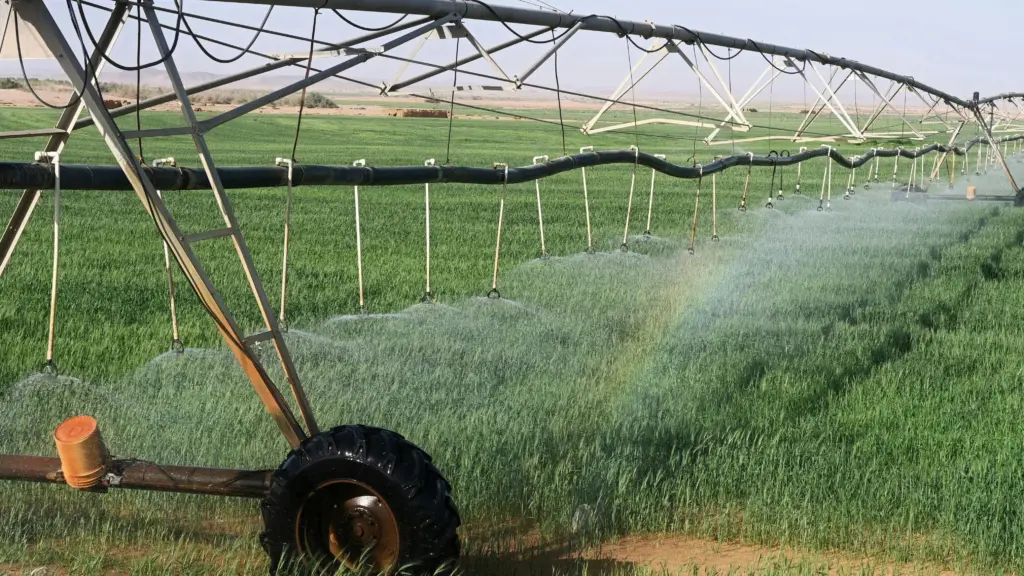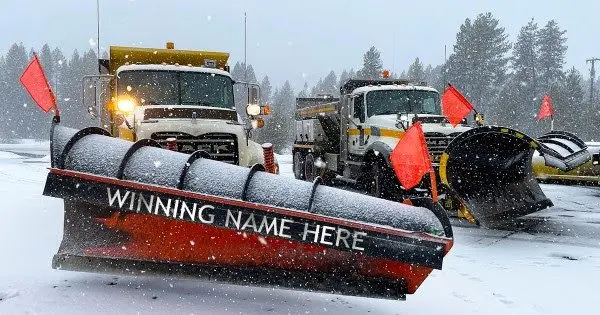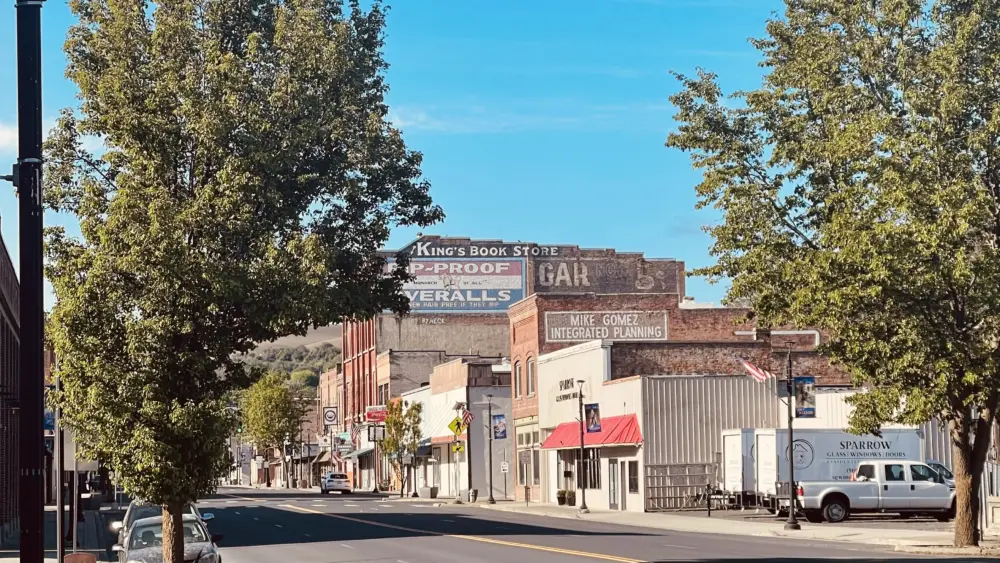PULLMAN, WA – With groundwater in parts of eastern Washington declining at an alarming rate, a new study confirms which areas are most vulnerable to the problem and could help set clearer goals for recovery efforts.
The Washington State University study evaluated groundwater levels throughout the Washington portion of the Columbia Plateau Regional Aquifer System, which spans areas of Washington, Oregon and Idaho, and supplies up to a third of the region’s irrigation water.
Researchers found that the Odessa region and the Yakima Basin in eastern Washington are seeing groundwater levels drop by at least 2 to 3 feet per year. The declines in those areas are primarily attributed to a combination of groundwater overuse and climate variability.
“This gives a quantitative target of how much water needs to be either put back into the ground or needs to be managed around to bring us back to some sort of steady condition,” said Sasha McLarty, study author and associate professor of civil and environmental engineering at Washington State University.
The Washington state Department of Ecology estimates that groundwater supplies drinking water to over 60% of Washington residents.
Most municipalities have groundwater wells, and rural residents typically have wells on their properties, according to Jaime Short, section manager for the department’s Eastern Regional Office.
In eastern Washington, Short said, groundwater is primarily used for irrigated agriculture.
The Odessa region showed the most significant groundwater level decreases over the largest geographic area in Washington.
The study notes that groundwater is the main water supply for the Odessa area.
If groundwater levels continue to decrease at their current rate, the Odessa region will likely lose 10% of accessible groundwater by 2040 and 50% within the next 70 years, according to the study.
The Yakima Basin showed steep declines in the deepest aquifer layer, making it more difficult to address the groundwater loss, McLarty said.
The study confirms what the Department of Ecology and local stakeholders have known for decades, said Department of Ecology hydrogeologist Chris Beard.
“Where it’s declining, it’s been declining for a long time,” Beard said.
In general, communities in areas where groundwater levels are dropping have already initiated efforts to mitigate and reverse the decline, Beard said.
The Department of Ecology and communities that depend on the Odessa Subarea Aquifer have been aware of declining groundwater levels since the 1960s, according to Smith.
A consortium of state, local and federal partners has been working since 2013 on a project to swap groundwater with surface water supplies from the Columbia River for agricultural users, so they can eventually stop using their wells.
The Odessa Groundwater Replacement Program secured nearly $45 million in this year’s capital budget to build a new irrigation system.
The project has so far eliminated the use of 16 wells and conserved 5.3 billion gallons of water annually in the Odessa Subarea Aquifer.
In the Yakima Basin, state, federal, tribal, business, and community organizations partnered in 2009 to develop the Yakima Basin Integrated Plan, which established a 30-year resource management strategy for the basin.
Of the 15 subareas in Washington included in the study, 12 showed groundwater levels dropping every year, while three — Spokane, the Lower Snake River and Klickitat — were found to be gaining water.
The positive trends in those areas are primarily due to active management and monitoring efforts, according to McLarty.
While communities that know they’re losing groundwater have taken action to mitigate that loss, there are significant gaps in groundwater level data around the state.
“Our groundwater data measurements are actually pretty clustered in certain areas, so there are large parts of the state where we simply don’t have data,” Short said.
Most of those data gaps are in areas that are not heavily populated, according to Short.
Filling in those data gaps so researchers can track groundwater trends statewide over time is a goal for the Department of Ecology, Short said. The Washington State University study was part of the ongoing effort to do so.
It emerged from a legislatively-mandated project established in 2006, which calls for an estimate of current and future water supply and demand to be collected every five years.
This year’s study was the first to incorporate an observation-based analysis across the whole Columbia Basin Aquifer, McLarty said.
That strategy allowed researchers to document trends in different geographic areas of Washington, as well as trends within different layers of the aquifer, to better pinpoint where water is available and where it’s declining.
The study was also the first to take well infrastructure into account when determining what areas are vulnerable to groundwater loss.
This story first appeared on Washington State Standard.





